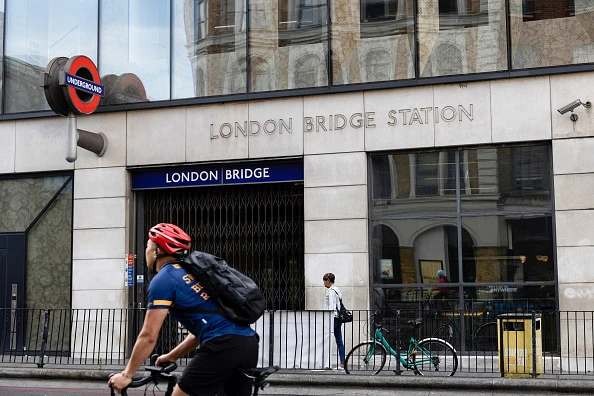
A new report has shown how commuters have adapted to travel during the recent waves of train strikes undertaken by rail staff across the UK.

According to the Virgin Media O2 Business Movers Index, travelling by car was the most common method of commuting nationwide when confronted with industrial action in the three months up to July 2023. But there are significant variations around the country depending on region and demographic.
The report comes as fresh rail strikes are set to hit the country between 20–29 July.
How do commuters travel during train strikes?
Nationwide, commuting by car is the most common method of getting to work on strike days, with 47% of respondents opting to hit the road.
The number was significantly higher in areas such as Wales (69%), the north-west (65%) and the east of England (64%), which may be due to the available alternatives, types of work or distances necessary for travel.
In London and the south-east, however, cars are much less popular choices at just 36% and 19%, respectively. Instead, these regions have the highest rates of home working in the country – 35% in London and 39% in the south-east.
The concentrations of job types may be a significant factor in this difference. London and the south-east have higher concentrations of information, media and broader office work that allow for easy work-from-home arrangements.
In south-east commuter towns especially, many London-bound drivers are subject to ULEZ or congestion charges, which may contribute to lower rates of car travel.
Are strikes affecting public transport use?
Despite recurrent strike action, there is still enthusiasm for public transport, however, with one in five (22%) increasing their use – with price considerations during the cost-of-living crisis as a major factor.
This outweighs the number who decreased their use (17%), most commonly due to reliability concerns associated with public transport.
[Read more: What are the top cities for commuting by bike?]






